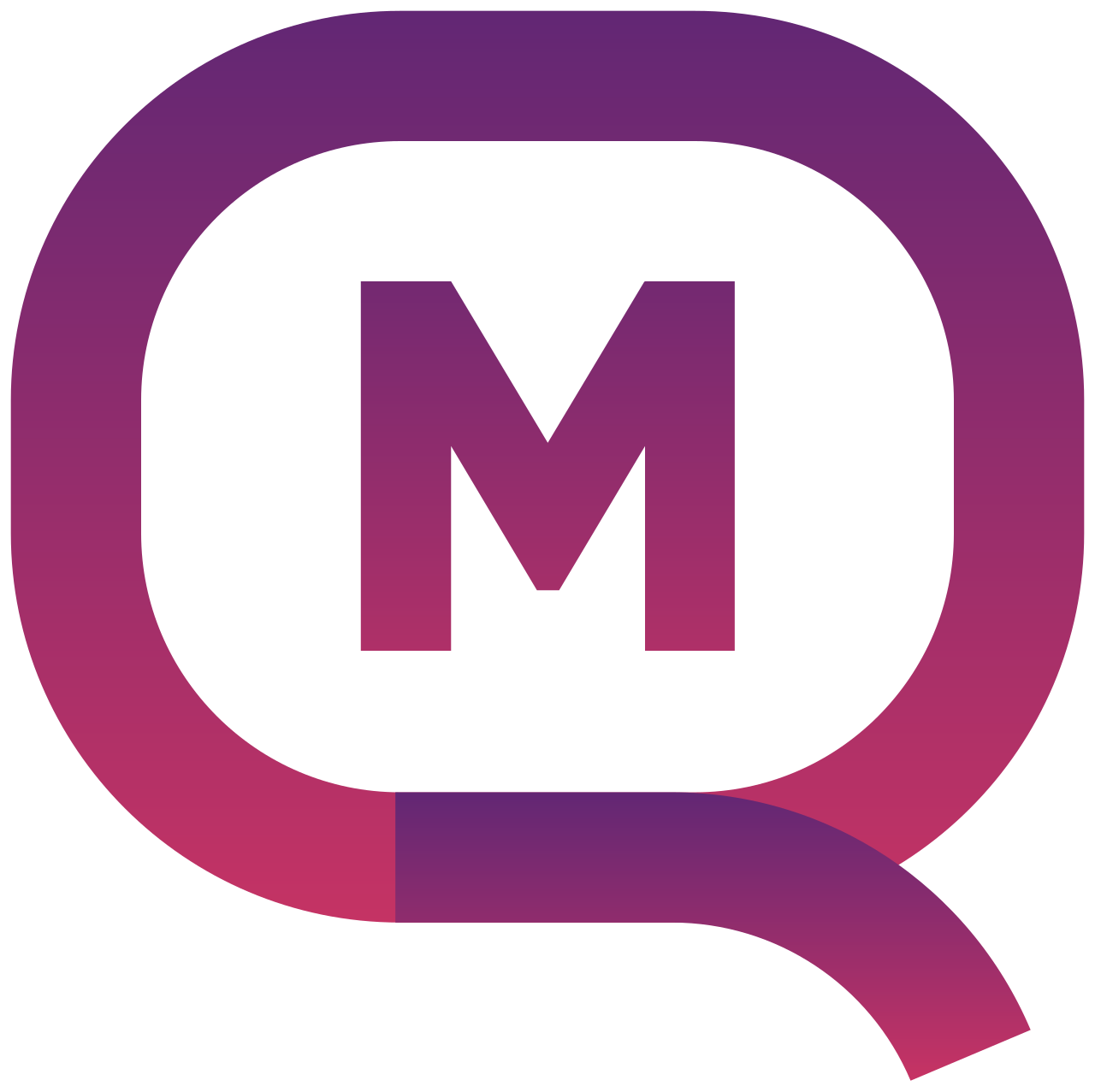Medical Device Statistics: Tracking Innovation and Market Growth in Global Healthcare
The Medical Device Market is one of the fastest-evolving sectors in global healthcare, driven by continuous technological innovation, growing patient awareness, and an aging population that demands advanced treatment solutions. According to Market Research Future (MRFR), the global medical device industry has experienced exponential growth over the last decade, with revenues projected to surpass trillions by 2030. The sector’s expansion is attributed to the convergence of digital health, artificial intelligence, and precision medicine, which are transforming how medical professionals diagnose, monitor, and treat diseases.
Key Market Statistics and Growth Insights
Recent medical device statistics reveal a steady compound annual growth rate (CAGR) of approximately 5–6% through 2030. North America currently dominates the market, accounting for over 40% of global revenue, followed by Europe and the Asia-Pacific region. The United States remains a leading hub for medical device innovation due to its advanced healthcare infrastructure and strong regulatory ecosystem. However, emerging economies such as India, China, and Brazil are witnessing rapid adoption of modern medical technologies fueled by expanding healthcare access and increased government investment.
As per MRFR’s findings, diagnostic imaging systems, orthopedic implants, cardiovascular devices, and in-vitro diagnostics (IVD) are among the highest revenue-generating categories. Meanwhile, wearable medical devices and remote patient monitoring tools are showing the fastest growth rates, reflecting the global shift toward personalized and preventive care. The integration of smart sensors and Internet of Medical Things (IoMT) platforms has made it easier for patients and clinicians to track health data in real time.
Technological Transformation Driving Market Expansion
Innovation remains the foundation of growth in the medical device market. The rise of minimally invasive surgical devices, 3D printing for prosthetics, and robotic-assisted systems has enhanced patient outcomes while reducing hospital stays. Artificial intelligence (AI) and machine learning are enabling predictive diagnostics and automated decision-making, improving efficiency and accuracy across healthcare operations.
Digitalization is also playing a central role. Cloud-based medical records, telehealth platforms, and connected monitoring devices are revolutionizing patient management and healthcare delivery models. This technological integration is particularly vital in the post-pandemic era, where remote treatment and monitoring have become mainstream practices worldwide.
Regulatory and Investment Trends
According to MRFR’s medical device statistics, regulatory frameworks continue to evolve to match the pace of innovation. The U.S. Food and Drug Administration (FDA), the European Medicines Agency (EMA), and other national authorities are implementing new guidelines for cybersecurity, data protection, and clinical testing to ensure patient safety.
The market is also witnessing a surge in mergers and acquisitions as global companies aim to diversify their portfolios and expand regional footprints. Venture capital and private equity funding in medtech startups have reached record levels, indicating strong investor confidence. These financial inflows are fueling product launches and enabling faster commercialization of breakthrough technologies.
Challenges and Future Outlook
Despite rapid progress, the medical device industry faces ongoing challenges such as high product costs, complex regulatory compliance, and supply chain disruptions. Moreover, data security and interoperability remain significant concerns as healthcare systems become increasingly digital.
Nevertheless, the long-term outlook remains positive. Market Research Future projects sustained growth in the medical device market, driven by global demand for home-based healthcare solutions, robotic surgery advancements, and increasing prevalence of chronic diseases. As innovation continues to reshape the sector, the focus will shift toward patient-centric, value-based medical care that leverages real-time data and technology integration.
- Art
- Causes
- Crafts
- Dance
- Drinks
- Film
- Fitness
- Food
- Games
- Gardening
- Health
- Home
- Literature
- Music
- Networking
- Other
- Party
- Religion
- Shopping
- Sports
- Theater
- Wellness



